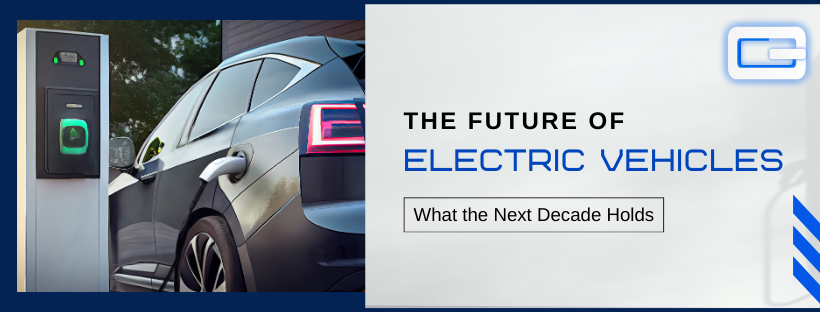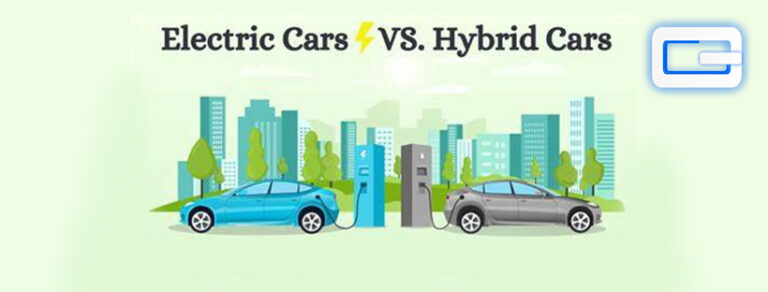Electric vehicles (EVs) have already transformed the auto industry, but the next decade promises even greater changes. With advancements in battery technology, charging infrastructure, and government policies pushing toward sustainability, EVs are expected to dominate roads worldwide. Let’s take a closer look at what the future may hold for this rapidly growing sector.
1. Breakthroughs in Battery Technology
At the heart of EV innovation lies the battery. Today, most EVs use lithium-ion batteries, but researchers are making strides in solid-state batteries. These next-generation batteries promise:
- Higher energy density (longer driving ranges)
- Faster charging times
- Improved safety with less risk of overheating
By the early 2030s, EVs could achieve ranges of 600–800 miles on a single charge, making “range anxiety” a thing of the past.
2. Faster and Smarter Charging Infrastructure
One of the current barriers to EV adoption is charging convenience. Over the next decade, we’ll see the expansion of ultra-fast charging stations capable of recharging vehicles in under 15 minutes.
Additionally, wireless charging technology is expected to gain momentum, allowing vehicles to charge while parked or even while driving on specially designed roadways. Smart grids will also balance energy loads, ensuring charging stations don’t strain local power systems.
3. Affordability and Wider Adoption
As battery production scales up and technology becomes more efficient, EV costs will continue to drop. Many industry experts predict that by 2030, EVs will be cheaper to purchase than gas-powered vehicles, even before considering fuel savings.
Governments across the globe are also offering incentives and setting ambitious targets. For example, the U.S. aims for 50% of new vehicle sales to be electric by 2030, while the European Union plans to phase out fossil-fuel cars entirely by 2035.
4. Integration with Renewable Energy
EVs of the future won’t just consume energy—they’ll help store and distribute it. With vehicle-to-grid (V2G) technology, EVs can feed power back into the grid during peak demand. It is possible to stabilize renewable energy sources such as solar and wind by using thousands of parked electric vehicles as giant batteries.
This integration will make EVs a key player in achieving zero-emission energy systems.
5. Autonomous and Connected EVs
The future of EVs is not just electric—it’s also autonomous and connected. Over the next decade, we’ll see more EVs equipped with AI-driven self-driving capabilities and connected vehicle systems that communicate with traffic lights, other cars, and smart city infrastructure.
This will reduce accidents, optimize traffic flow, and improve energy efficiency, creating safer and smarter transportation networks.
Conclusion
The next decade will be pivotal for electric vehicles. With advancements in batteries, charging infrastructure, affordability, renewable integration, and autonomous technology, EVs are set to reshape how we move, live, and interact with our cities.
The future is clear: electric vehicles aren’t just a trend—they’re the foundation of a cleaner, smarter, and more sustainable world.




